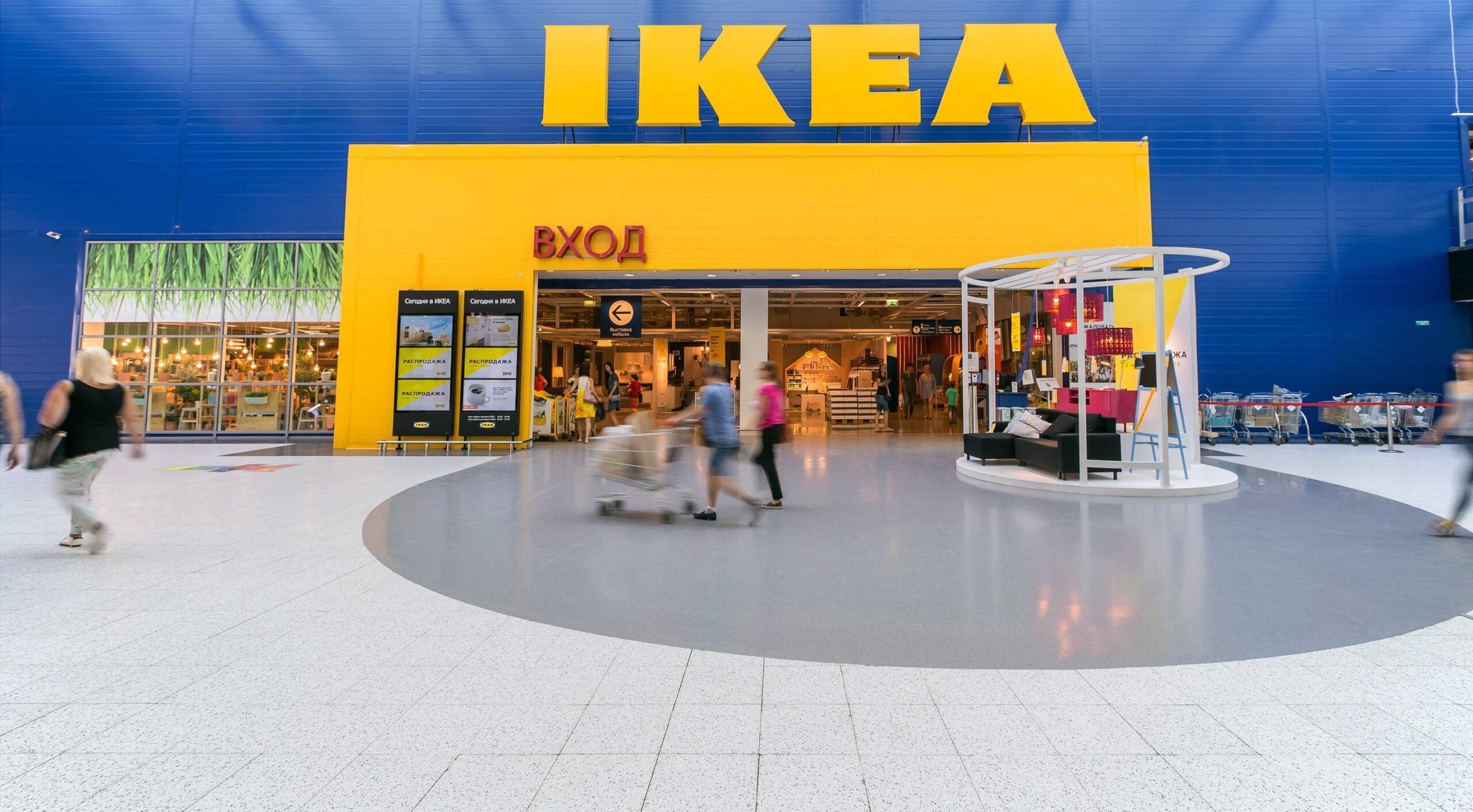
The world’s largest furniture retailer, Ikea, has set its sights on dominating a new space: digital.
Whilst shopping for furniture has often been seen as an analog pursuit that needs to take place in an actual store, it appears Ikea has decided it needs to break out and pursue its online strategy.
From experimenting with augmented reality (AR) technology to improving its e-commerce availability, here are some of the digital steps the Swedish giant is taking.
1. Selling on third-party e-commerce sits
Great news for flat-pack furniture aficionados: Ikea could be soon selling its products through the likes of Amazon and Alibaba.
After seeing a decline in visitors to its out-of-town warehouse-style stores, Ikea is going to begin testing selling products through other e-commerce sites. Torbjorn Loof, the chief executive of Inter Ikea, told the Financial Times:
“[This] is the biggest development in how consumers meet Ikea since the concept was founded.”
How well do you really know your competitors?
Access the most comprehensive Company Profiles on the market, powered by GlobalData. Save hours of research. Gain competitive edge.
 Company Profile – free sample
Company Profile – free sampleThank you!
Your download email will arrive shortly
Not ready to buy yet? Download a free sample
We are confident about the unique quality of our Company Profiles. However, we want you to make the most beneficial decision for your business, so we offer a free sample that you can download by submitting the below form
By GlobalData
At the moment, the costs for online delivering from the retailer begin at £35 in the UK, which can often serve as a barrier to consumers purchasing online. As well, there isn’t as much choice online as in stores, a move on Ikea’s part to keep consumers visiting on foot and making impulsive purchases.
Loof said:
“Traditionally the whole Ikea value chain has been designed to deliver to stores. That is changing and it is challenging a number of ways of doing business.”
2. Acquisition of TaskRabbit
A few weeks ago, it was revealed that Ikea was going to acquire the gig economy app TaskRabbit to make actually building Ikea furniture infinitely easier.
TaskRabbit allows people to hire handymen to do various jobs – whether that’s a plumber to fix a broken tap or someone to build your newly-purchased Ikea furniture. Due to the fact workers on the platform were already offering Ikea building services, it makes sense for the companies to work together.
Global analysis company, Global Data, said that this move:
“Suggests a company that is more ready to embrace change, and perhaps hints and further changes to way it operates to eliminate customer pain points when shopping the Ikea way.”
3. Getting into AR
With the launch of the next generation iPhones, Apple is pushing AR technology and Ikea is one of the first brands to get on board. At the Apple Worldwide Developers Conference earlier this year, Ikea’s new AR app, Ikea Place was revealed.
How it works is: download the app and select the piece of furniture you’re thinking of buying, like a sofa. Then, hold up your iPhone or iPad in your living room and the sofa will appear on the screen. This allows you to see how it will look in real life.
Once you’re happy with it, you can then order the real versions of the furniture from Ikea.
And pretty soon you can do that through Amazon and get someone from TaskRabbit to build it for you too.
How could this affect Ikea’s sales?
It’s an interesting move by the company to fully embrace digital – when in the past it has seemed relatively slow on the uptake. But it will dynamically change how it operates.
The layout of its stores have been called a “psychological weapon” in order to make you spend more money. The sweeping design that takes you from the living room, to the kitchen, to the bedroom, can be fairly overwhelming, which makes those impulse purchases so much easier to make.
Websites like Lifehacker even offer tips of how to subvert Ikea’s power and speed up your shopping trip.
By making it easier for consumers to shop online, the retailer is releasing some of that power back to the consumer. Rather than damaging its sales, it could make shoppers happier and more willing to part with their cash.
It could save some relationships too.





